A Magnificent View Of Long Beach/San Pedro Harbors 10/12/2009

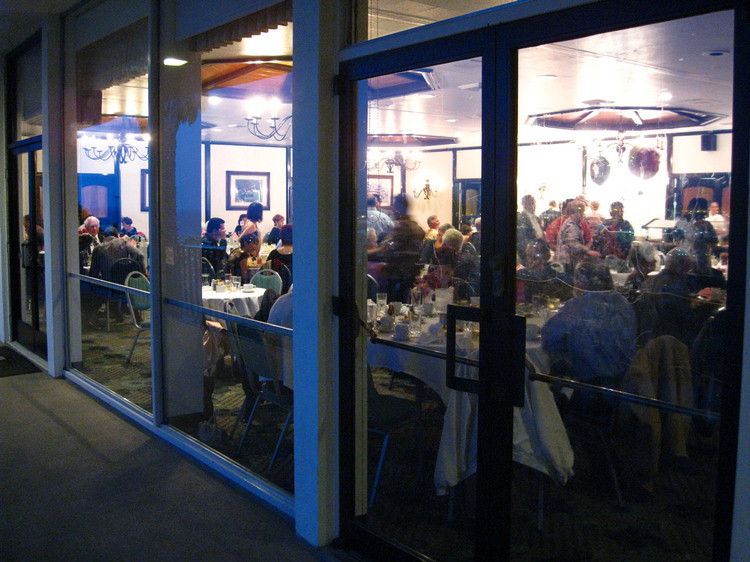

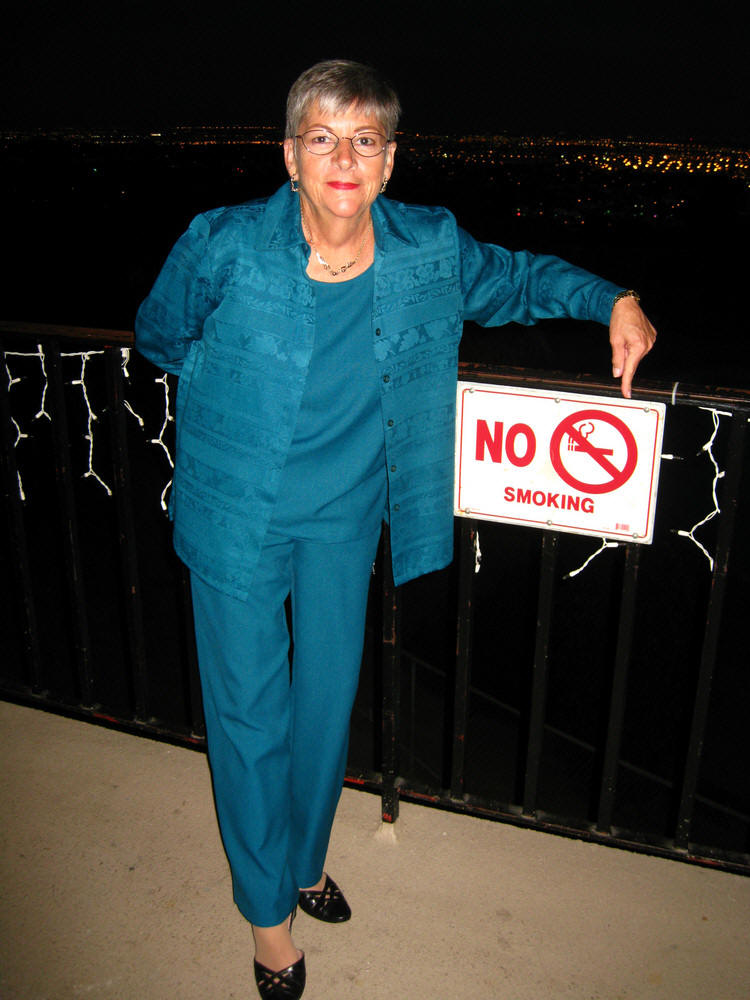
Message to Jeanette
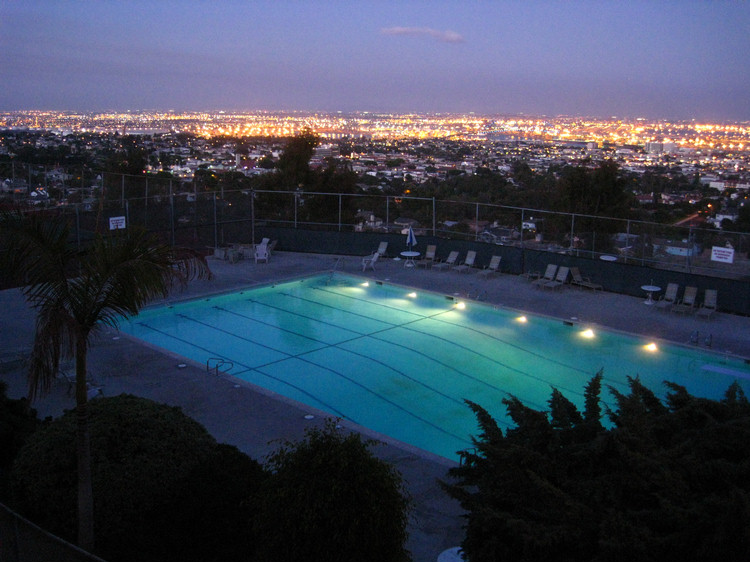
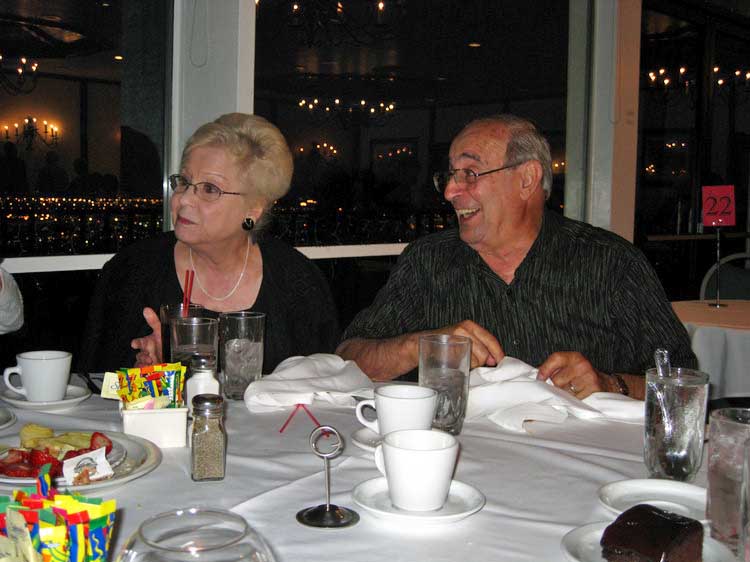
Al and Margie
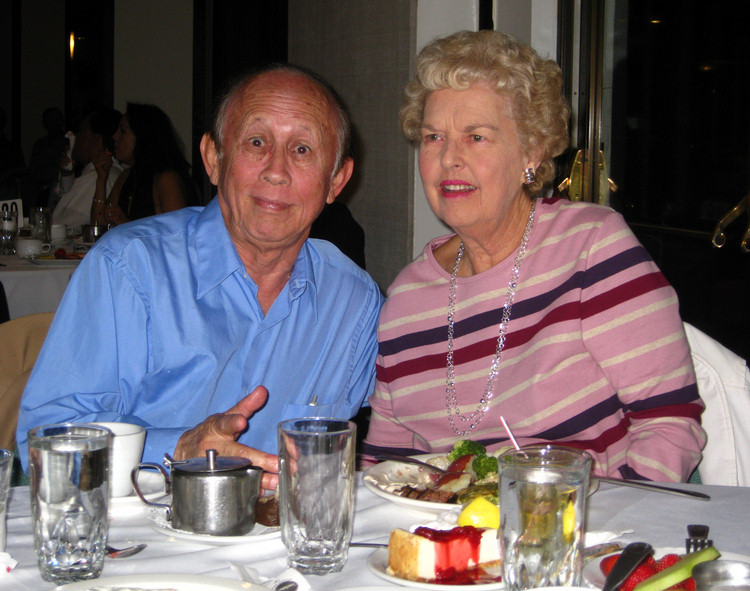
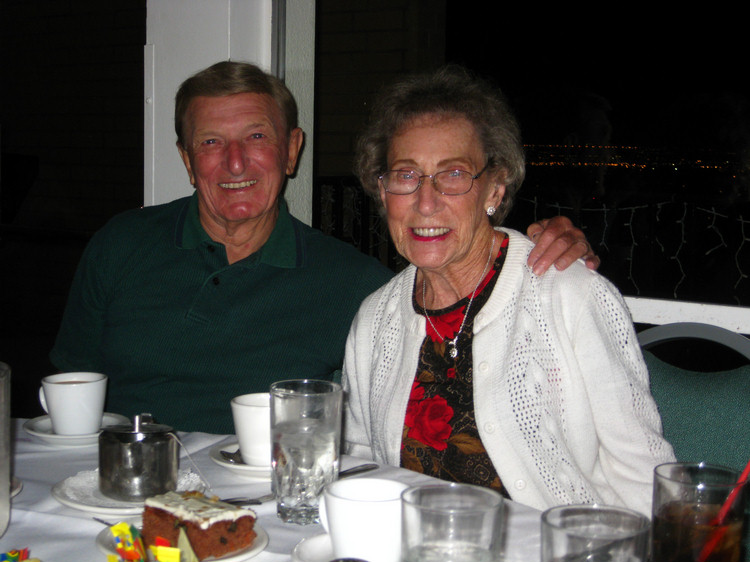

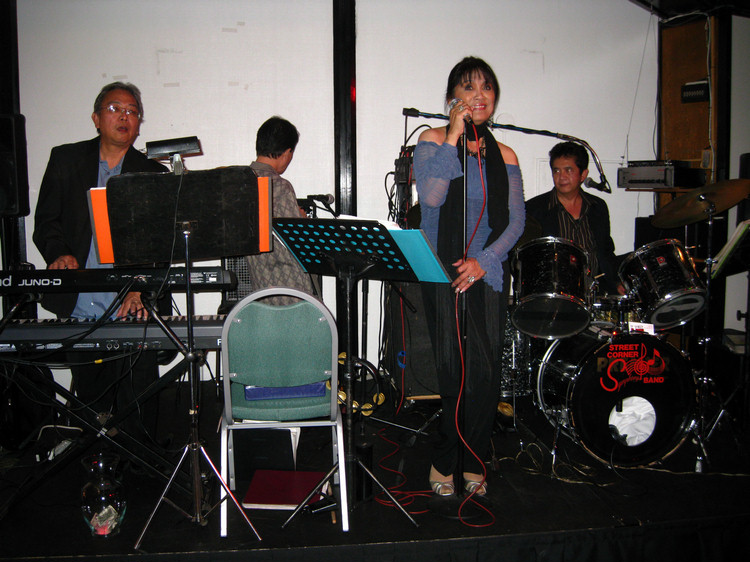
You Need The Chicken Dance... It Is October!
Did you know? - The name of the original Swiss song was "Der Ententanz" (The Duck Dance). Sometime in the late 1970s, the song acquired the name "Vogeltanz" (The Bird Dance) or "Vogerltanz" (Little Bird Dance or Birdie Dance), although these names never caught on seriously in Germany. On some sheet music and recordings it is called "Dance Little Bird." It appears that no one in Germany uses the term "Kükentanz" (Küken means chick). Since 1963 Werner Thomas had played it in restaurants and hotels. During one of Thomas' performances, Belgian producer Louis van Rijmenant heard the song. Van Rijmenant had some lyrics created and in 1970 released it to the public, without much success. In 1980, Dutch local band "De Electronica's" released an instrumental version, which became a hit, and started the international success of the song. On some recorded releases of the music Werner Thomas is listed as the composer, while on others other authors are listed, e.g., as "Thomas/Rendall/Hose", probably including the authors of the particular arrangement. Since then the song has become known under numerous other "birdie" names, including "Vogerltanz" (Bird Dance), "Danse des Canards", "Chicken Dance" and "Dance Little Bird". Over 140 versions of it are recorded worldwide, including Walt Disney Records, together making over 40,000,000 records.
The dance was introduced in the United States in 1981 during the Tulsa, Oklahoma, Oktoberfest by the Heilbronn Band from Germany. They wanted to demonstrate the dance in costume, but there were no duck costumes available anywhere near Tulsa. At a local television station, however, a chicken costume was available which was donated for use at the festival, giving the "Chicken Dance" its name.
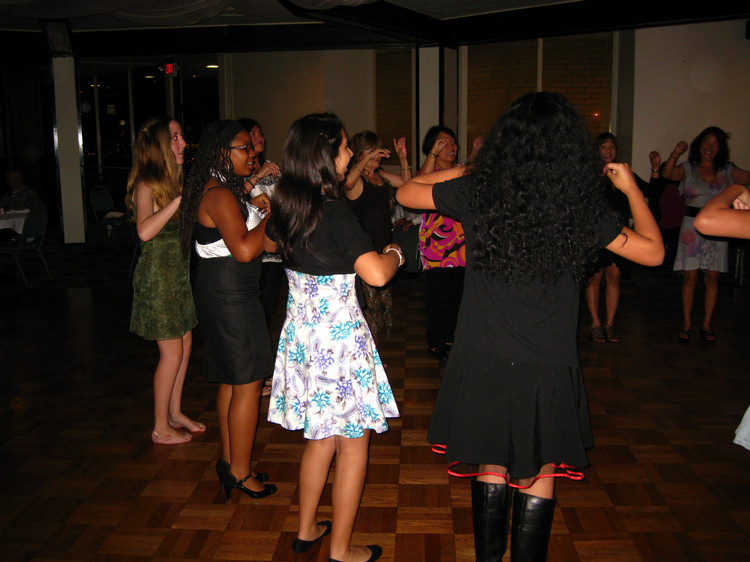
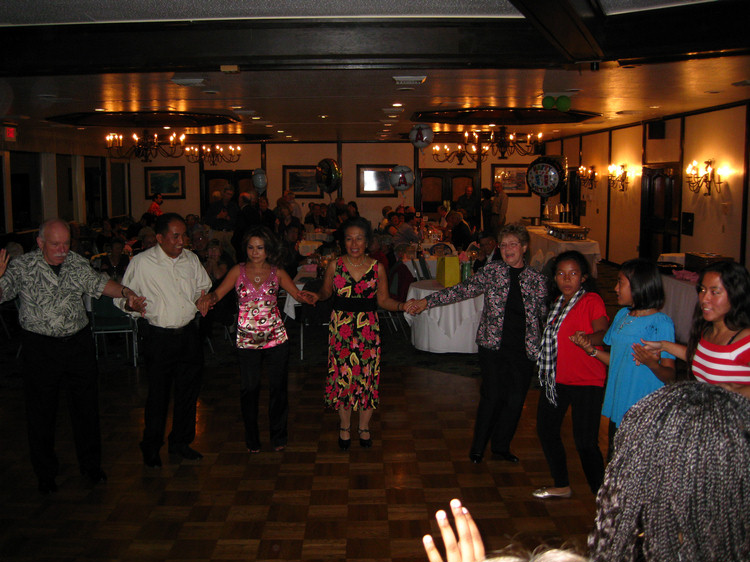
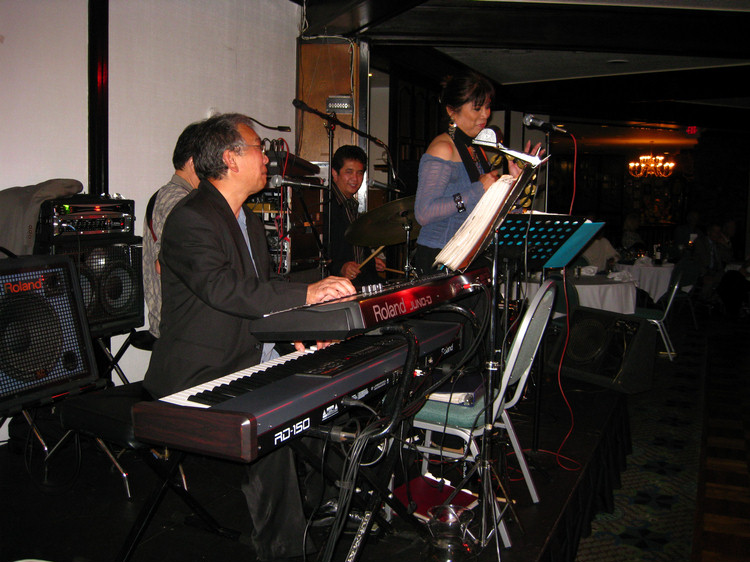
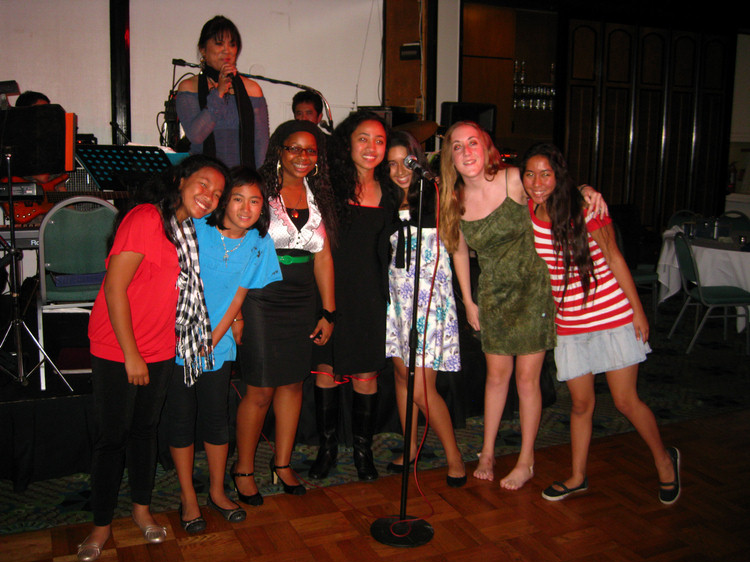
Troubadours
Did you know? - The troubadour school or tradition began in the eleventh century in Occitania, but it subsequently spread into Italy, Spain, and even Greece. Under the influence of the troubadours, related movements sprang up throughout Europe: the Minnesang in Germany, trovadorismo in Galicia and Portugal, and that of the trouvères in northern France. Dante Alighieri in his De vulgari eloquentia defined the troubadour lyric as fictio rethorica musicaque poita: rhetorical, musical, and poetical fiction. After a "classical" period around the turn of the thirteenth century and a mid-century resurgence, the art of the troubadours declined in the fourteenth century and eventually died out around the time of the Black Death (1348).
The texts of troubadour songs deal mainly with themes of chivalry and courtly love. Most were metaphysical, intellectual, and formulaic. Many were humorous or vulgar satires. Works can be grouped into three styles: the trobar leu (light), trobar ric (rich), and trobar clus (closed). Likewise there were many genres, the most popular being the canso, but sirventes and tensos were especially popular in the post-classical period, in Italy, and among the female troubadours, the trobairitz.
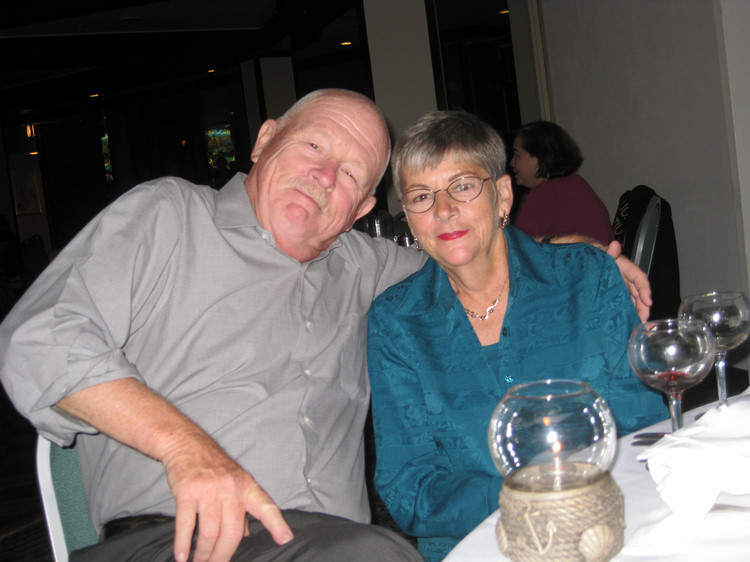
Relaxing between dances
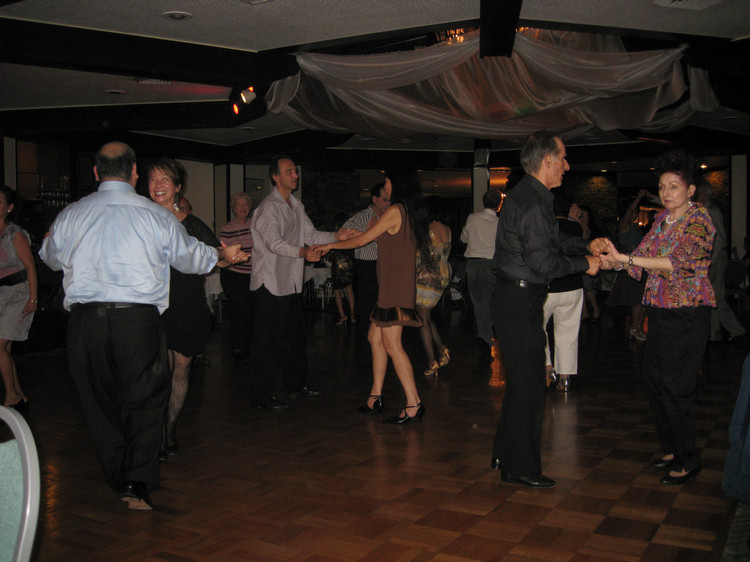
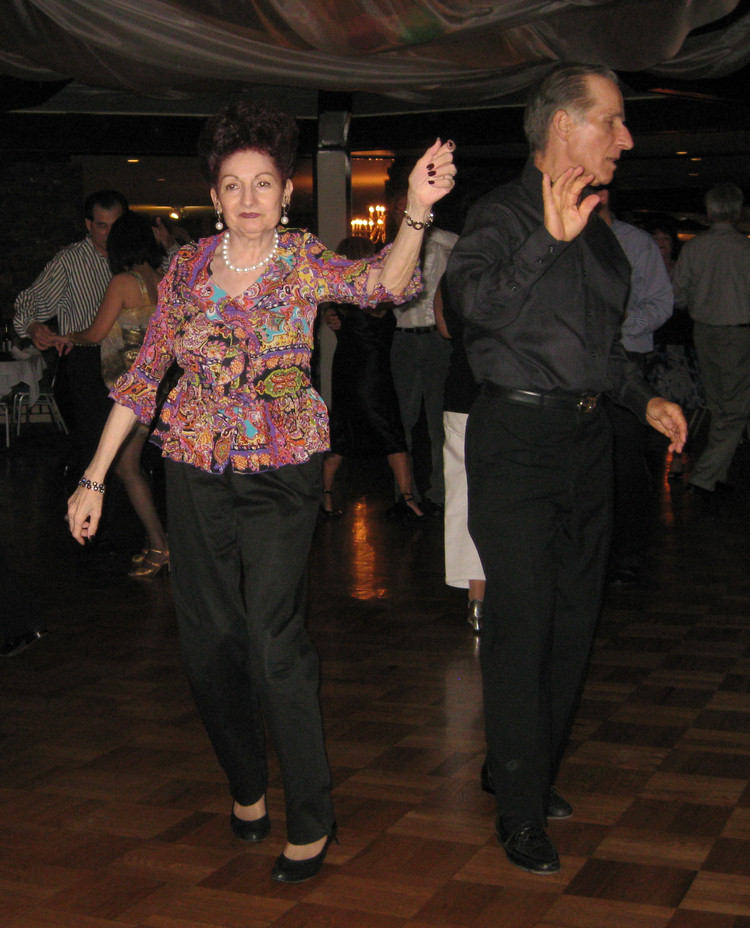
Marcia and Leon
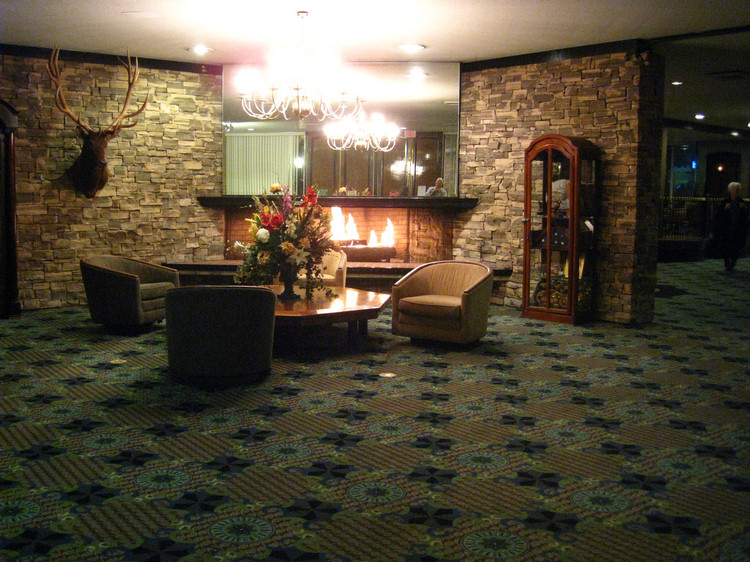
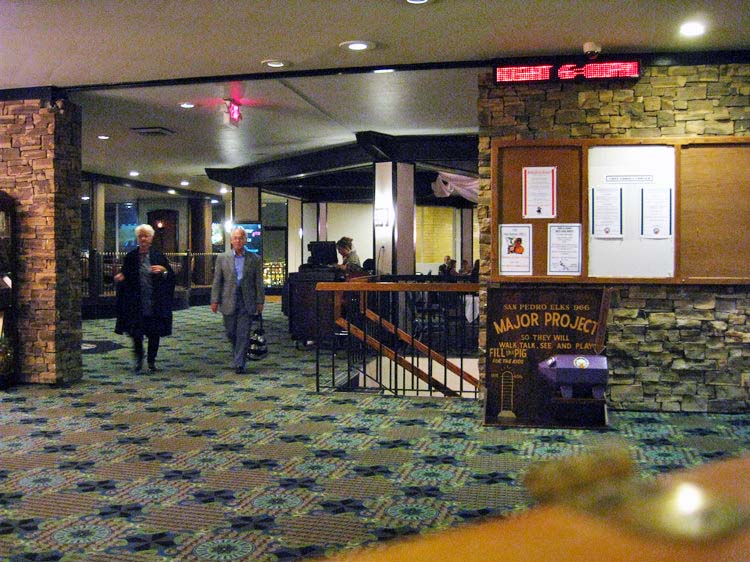
Bye for now....